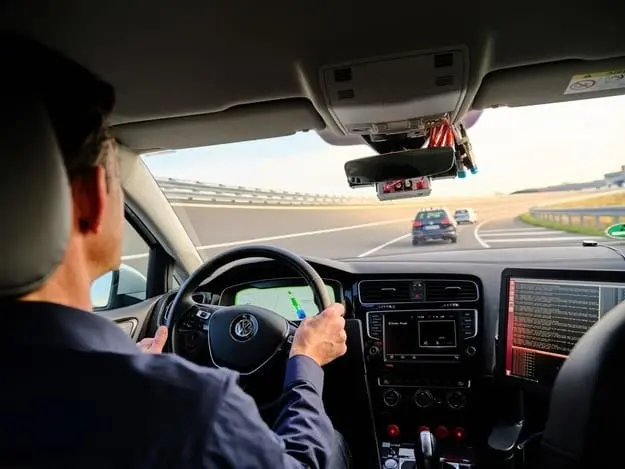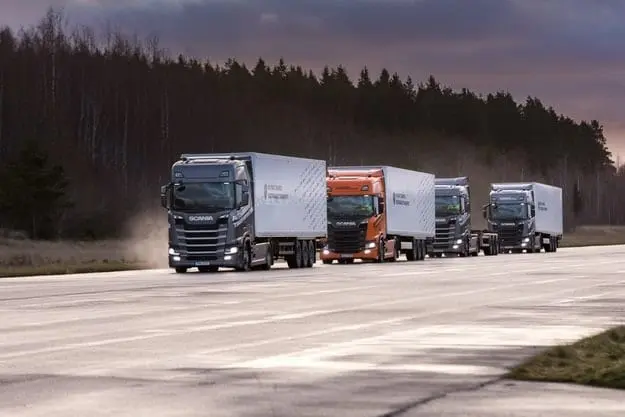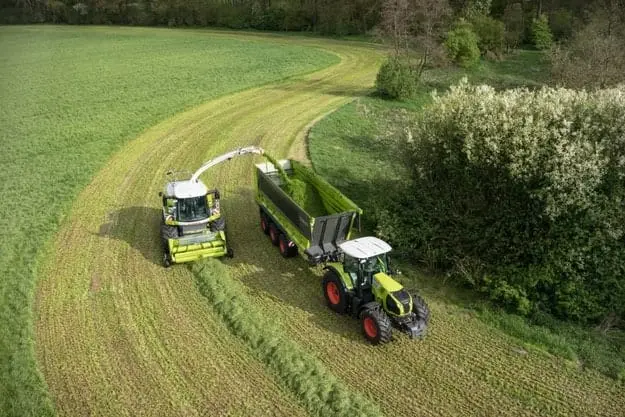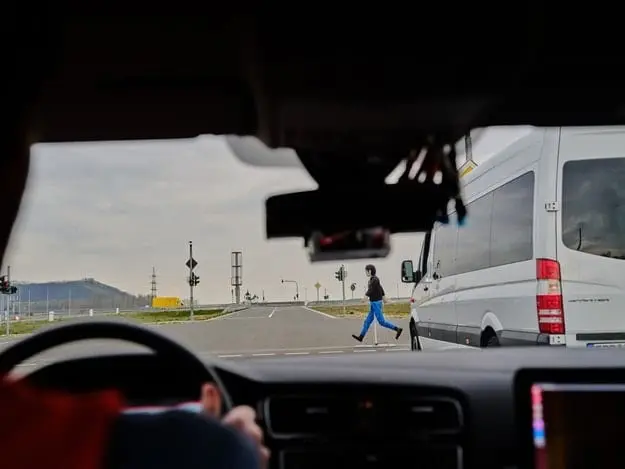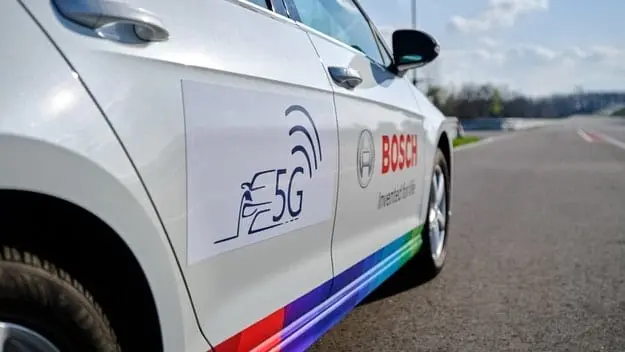
A key step towards a fully connected movement
Content
The 5M NetMobil project is developing solutions to increase safety and efficiency.
Safer, more comfortable, greener: connected cars that communicate in real time with road infrastructure reduce emissions and reduce the risk of accidents. This connection requires a stable and reliable data connection, provided by high-performance 5G, new wireless technology for fifth generation cellular networks, or Wi-Fi-based alternatives (ITS-G5). Over the past three years, 16 research institutes, mid-sized enterprises and industry leaders, united in the NetMobil 5G project, have been working towards this goal. Now they present their results - an incredible advance into a new era in mobility. “With the NetMobil 5G project, we have crossed important milestones on the path to fully connected driving and demonstrated how modern communication technologies can make driving safer, more efficient and more economical,” said Thomas Rachel, State Secretary of the German Ministry of Education and Research. study. The federal ministry is funding the research project with 9,5 million euros. Design developments in networks, security protocols and communications are the basis for the standardization of specifications, the creation of new business models and the first production line of partners.
Launch pad for innovative transport technology
A pedestrian suddenly jumps on the roadway, a car appears from a turn: there are many situations on the roads when it is almost impossible for the driver to see everything. Radar, ultrasound and video sensors are the eyes of modern cars. They monitor the road conditions around the vehicle, but do not see around curves or obstacles. Through vehicle-to-vehicle (V2V), vehicle-to-infrastructure (V2I), and vehicle-to-vehicle (V2N) communications, vehicles communicate in real time with each other and with their surroundings to "see" beyond their field of vision. Based on this, 5G project partners NetMobil have developed an intersection assistant to protect pedestrians and cyclists at intersections without visibility. A camera installed in roadside infrastructure detects pedestrians and alerts vehicles in just a few milliseconds to prevent critical situations such as when a car turns into a side street.
Another focus of the research program is the platoon. In the future, trucks will be grouped into trains in which they will move very close to each other in a column, as acceleration, braking and steering will be synchronized via V2V communication. The automatic movement of the column significantly reduces fuel consumption and improves road safety. Experts from participating companies and universities are experimenting with a convoy of trucks moving at a distance of less than 10 meters from each other, as well as with the so-called parallel platoon of agricultural vehicles. “The achievements of the research project are important for a wide range of applications. They will be of great benefit not only to our partners in industry and development, but especially to road users,” said Dr. Frank Hoffmann from Robert Bosch GmbH, who is coordinating the production aspect of the research project.
Pave the way for standardization and new business models
The aim of the research project was to find a solution to the key problems of automotive communications in real time. The reasons are justified: to ensure fully connected driving, direct V2V and V2I communication should be safe, with high data rates and low latency. But what happens if the quality of the data connection deteriorates and the bandwidth for direct V2V communication decreases?
Another focus of the research program is the platoon. In the future, trucks will be grouped into trains in which they will move in a convoy very close to each other, as acceleration, braking and steering will be synchronized via V2V communication. The automatic movement of the column significantly reduces fuel consumption and improves road safety. Experts from participating companies and universities are experimenting with a convoy of trucks moving at a distance of less than 10 meters from each other, as well as with the so-called parallel platoon of agricultural vehicles. “The achievements of the research project are important for a wide range of applications. They will be of great benefit not only to our partners in industry and development, but especially to road users,” said Dr. Frank Hoffmann from Robert Bosch GmbH, who is coordinating the production aspect of the research project.
Pave the way for standardization and new business models
The aim of the research project was to find a solution to the key problems of automotive communications in real time. The reasons are justified: to ensure fully connected driving, direct V2V and V2I communication should be safe, with high data rates and low latency. But what happens if the quality of the data connection deteriorates and the bandwidth for direct V2V communication decreases?
The specialists have developed a flexible concept of “quality of service”, which detects qualitative changes in the network and sends a signal to connected driving systems. Thus, the distance between carts in a column can be increased automatically if the quality of the network decreases. Another emphasis in development is the division of the main cellular network into discrete virtual networks (slicing). A separate subnet is reserved for safety-critical functions such as warning drivers of pedestrians at intersections. This protection ensures that data transfers to these functions are always active. Another discrete virtual network handles video streaming and roadmap updates. Its operation may be temporarily suspended if the data transfer rate decreases. The research project is also making significant contributions to hybrid connectivity, which uses a more stable connection - either mobile data from the network or an alternative to Wi-Fi to prevent data transmission failure while the vehicle is in motion.
“The innovative results of the project are now spilling over into the global standardization of communications infrastructure. They are a solid foundation for further research and development by partner companies,” said Hoffman.
Questions and answers:
Will all partners in the 5G NetMobil project use the new 5G mobile technology to connect their cars?
- No, participating partners follow different technology approaches for direct vehicle-to-infrastructure connectivity, either based on mobile network (5G) or Wi-Fi alternatives (ITS-G5). The goal of the project is to create a framework for standardizing the two technologies and to enable cross-talk between manufacturers and technologies.
What uses have been developed as part of the project?
- The 5G NetMobil project focuses on five applications: collecting high-density trucks moving in a column at a distance of less than ten meters, parallel plating, helping pedestrians and cyclists with infrastructure recognition, intelligent green-wave traffic control and driving through vibrant city traffic. Another task on the project agenda was the development of specifications for the fifth generation cellular network, which would meet the requirements for security-related applications, and at the same time bring great user satisfaction.

